Optimal Conditions for Concrete Leveling
Concrete levelings are most effectively performed during specific weather conditions to ensure optimal results. Temperature, humidity, and moisture levels significantly influence the curing process and the durability of the repair. Proper timing can extend the lifespan of the leveling and prevent future issues.
Concrete leveling is best done when temperatures are between 50°F and 85°F. Outside this range, curing may be compromised, leading to weaker repairs.
Dry weather with low humidity is preferred. Rain or excessive moisture can interfere with the leveling process and affect adhesion.
Spring and fall typically offer the most suitable conditions, avoiding extreme cold or heat that can hinder curing and bonding.

Ways to make Concrete Levelings work in tight or awkward layouts.
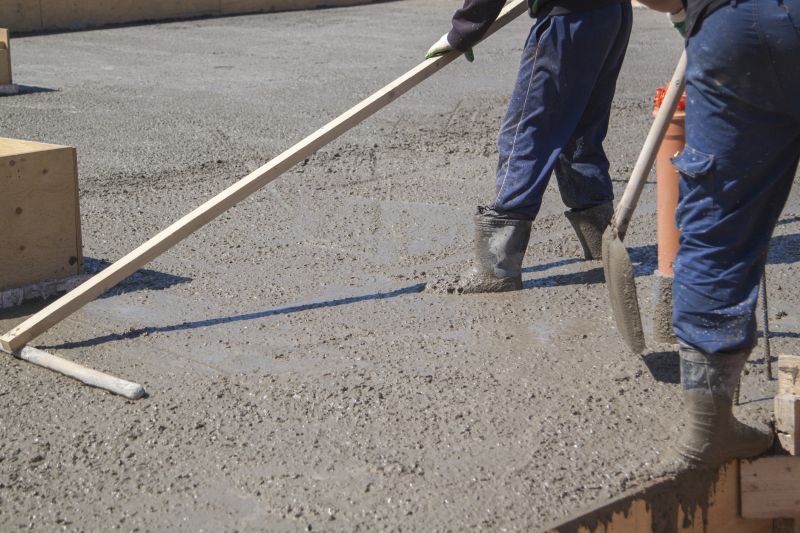
Popular materials for Concrete Levelings and why they hold up over time.

Simple add-ons that improve Concrete Levelings without blowing the budget.

High-end options that actually feel worth it for Concrete Levelings.

Finishes and colors that play nicely with Concrete Levelings.

Little measurements that prevent headaches on Concrete Levelings day.
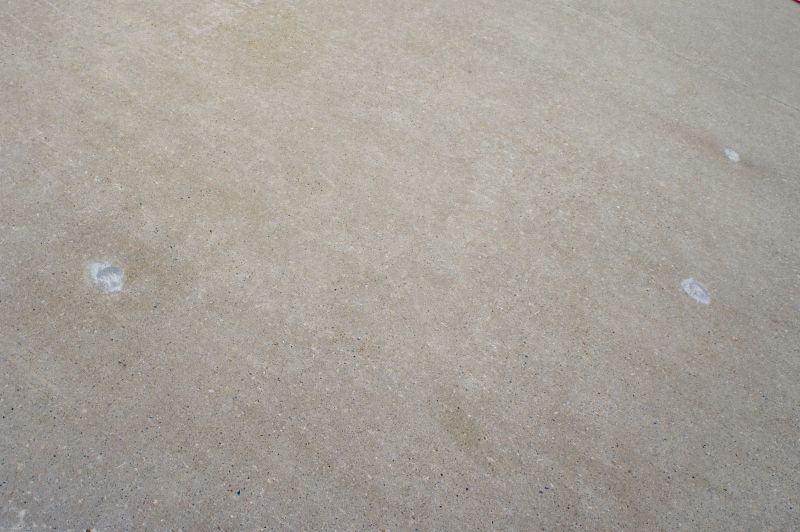
A 60-second routine that keeps Concrete Levelings looking new.
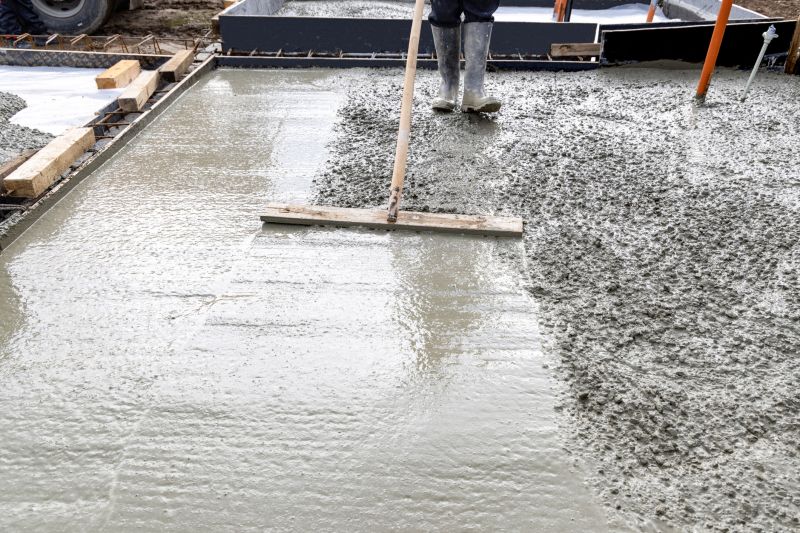
A frequent mistake in Concrete Levelings and how to dodge it.
| Season | Best Conditions |
|---|---|
| Spring | Moderate temperatures, low humidity, dry weather |
| Summer | Early summer mornings or late afternoons if temperatures are high |
| Fall | Cooler temperatures, dry conditions |
| Winter | Not recommended due to cold temperatures and potential frost |
Concrete levelings are a cost-effective solution for correcting uneven surfaces caused by ground settling, frost heave, or soil erosion. Properly leveled concrete improves safety, extends the lifespan of the surface, and enhances property value. The process involves injecting a specialized material beneath the slab to lift and stabilize it, avoiding the need for full replacement.
Statistics indicate that concrete leveling can restore a slab's surface in a matter of hours, with minimal disruption. When performed under optimal conditions, the process results in a durable and long-lasting repair. Weather plays a critical role in the success of the project, making timing an essential consideration for property owners.
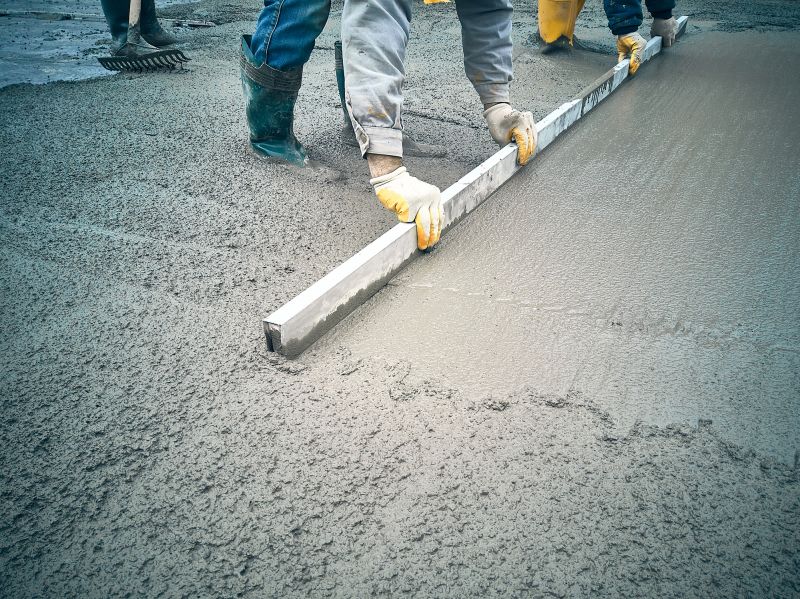
Small tweaks to make Concrete Levelings safer and easier to use.
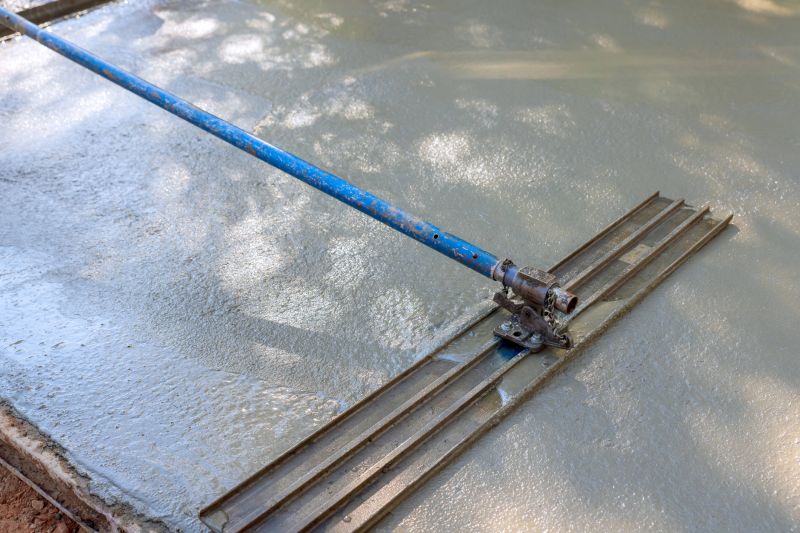
Lower-waste or water-saving choices for Concrete Levelings.

The short, realistic tool list for quality Concrete Levelings.
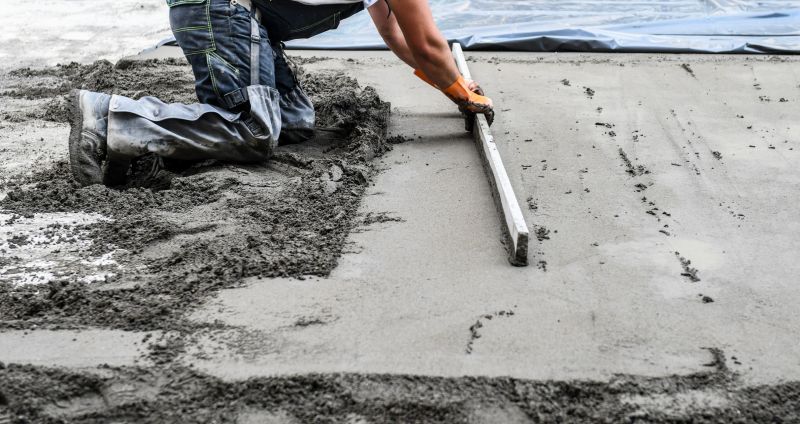
Rough timing from prep to clean-up for Concrete Levelings.
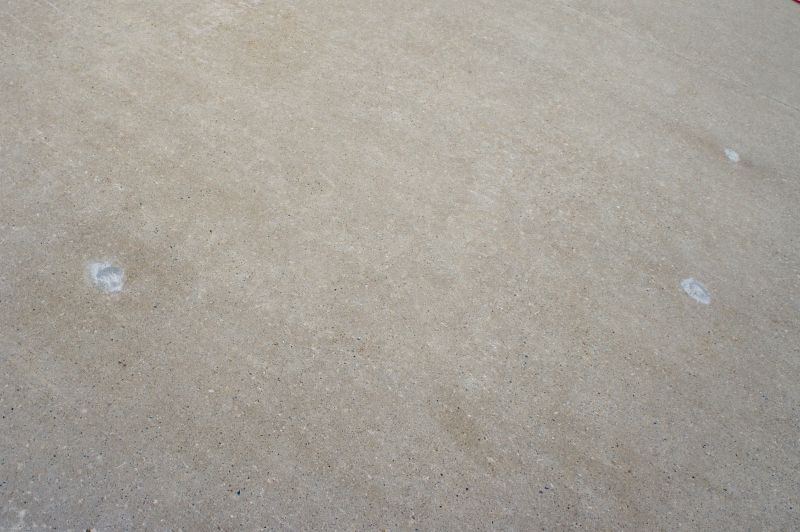
Quick checks and paperwork to keep after Concrete Levelings.

Examples that show the impact a good Concrete Levelings can make.
Interested property owners can contact to schedule a concrete leveling appointment during the optimal season. Proper timing ensures the highest quality results and a longer-lasting repair. Early planning and understanding seasonal conditions can help avoid delays and ensure a smooth process.
